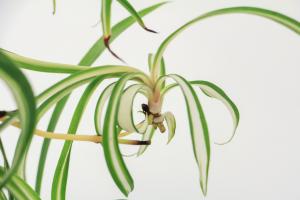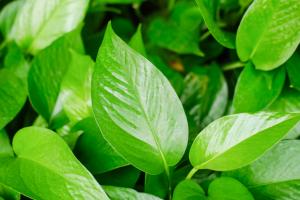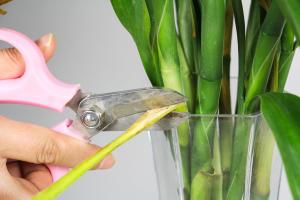What is Water Lily Aquatic Plant
Water lily is a type of aquatic plant that belongs to the family Nymphaeaceae, which includes almost 100 different species. This plant is also known as the pond lily or water lotus, and it is famous for its beauty and air-purifying qualities. Water lilies can grow in fresh or brackish water, and they are popular in garden ponds and aquatic displays.
Physical Characteristics of Water Lily
Water lilies are characterized by their floating leaves and vibrant flowers, which bloom in shades of white, pink, yellow, and red. The leaves of the water lily are thick, waxy, and round-shaped, and they are attached to long, flexible stems that rise from the water's surface. The flowers of the water lily are large and showy, with many petals arranged around a central disk. Water lilies are perennials, meaning they live for more than two years, and their roots and bulb-like rhizomes grow deep into the soil of lakes, ponds, and streams.
Habitat of Water Lily
Water lilies are found in freshwater ecosystems throughout the world, from temperate to tropical regions. They can grow in shallow, still waters such as ponds, marshes, and slow-moving streams. Water lilies are adapted to living in nutrient-rich environments, as they often float on the surface of the water where they can absorb sunlight and carbon dioxide for photosynthesis. The leaves of the water lily are also covered in a protective layer of wax, which helps prevent water from penetrating the plant's tissues.
Benefits of Water Lily
Water lilies have many benefits for the environment and humans. They provide a habitat for a variety of aquatic creatures, such as fish, frogs, and insects, and they help purify water by absorbing excess nutrients and pollutants. Water lilies also reduce the amount of algae and erosion in waterways, which can improve the health of the surrounding ecosystem. Additionally, water lilies are beautiful and serene, making them a popular addition to garden ponds and water features. They can also be used in traditional medicine to treat a variety of ailments, such as inflammation, diarrhea, and fever.
Conclusion
Water lilies are a beautiful and essential part of freshwater ecosystems, providing habitat and purifying water. Their unique physical characteristics and adaptation to a range of environments make them a fascinating plant species, and their popularity in gardens and water features is a testament to their beauty and usefulness.

 how many times do yo...
how many times do yo... how many planted tre...
how many planted tre... how many pine trees ...
how many pine trees ... how many pecan trees...
how many pecan trees... how many plants comp...
how many plants comp... how many plants can ...
how many plants can ... how many plants and ...
how many plants and ... how many pepper plan...
how many pepper plan...































